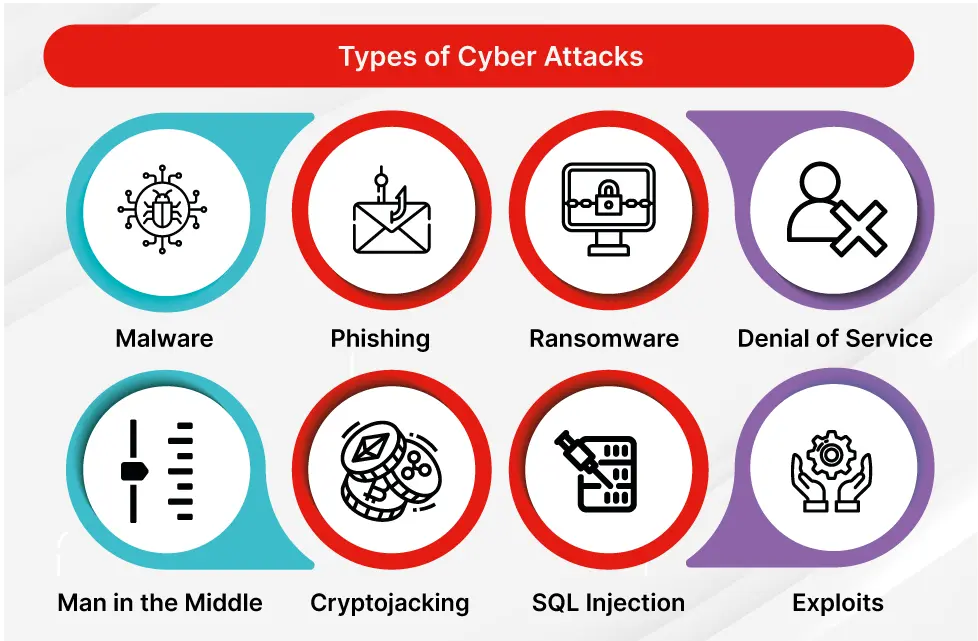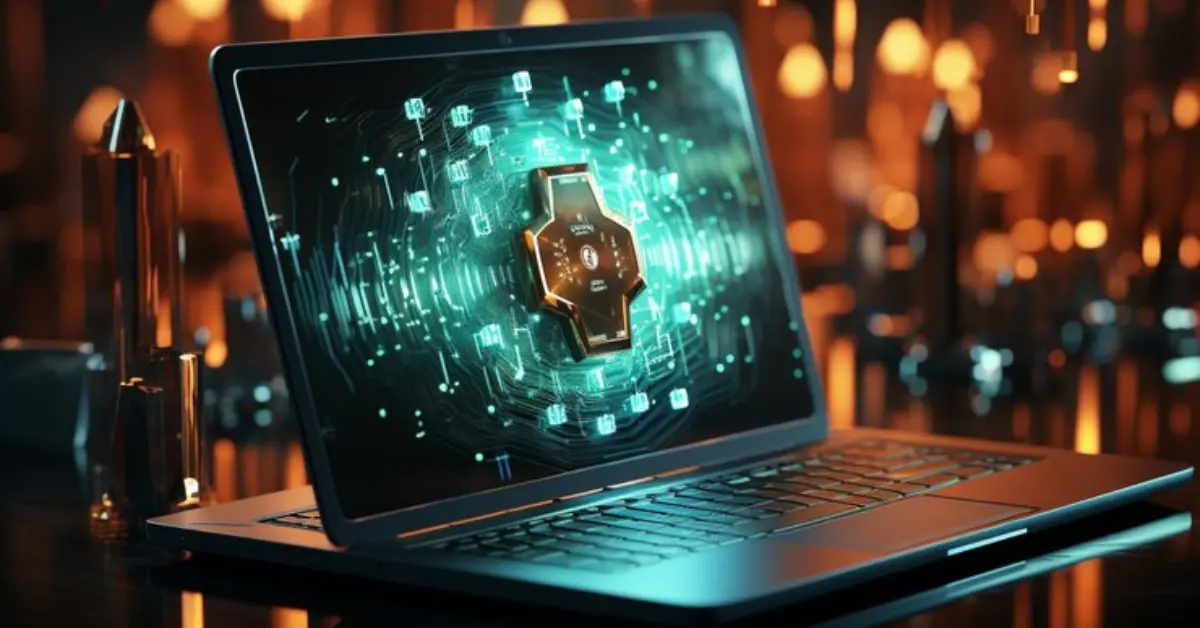In the vast expanse of the internet, there exists a shadowy corner known as the Dark Web. Often misunderstood and shrouded in mystery, this digital underworld is a hotbed for cybercriminal activities and poses significant cybersecurity threats. This article aims to demystify the Dark Web, shedding light on its operations and the implications for cybersecurity.
What is the Dark Web?
The Dark Web is a part of the internet that is intentionally hidden and requires specific software, configurations, or authorization to access. Unlike the surface web, which is indexed by traditional search engines like Google and easily accessible to the public, the Dark Web operates on overlay networks that provide anonymity to users. One of the most common methods of accessing the Dark Web is through the Tor (The Onion Router) network.
Key characteristics of the Dark Web include:
- Anonymity: Users on the Dark Web can access websites and communicate with others while maintaining a high degree of anonymity. This is achieved by routing internet traffic through a series of servers, making it challenging to trace the origin.
- Restricted Access: Entry to the Dark Web is not as simple as entering a web address into a search engine. Users typically need special software, configurations, or specific permissions to access Dark Web sites.
- Unindexed Content: Unlike the surface web, where content is indexed and easily searchable, Dark Web content is not indexed by traditional search engines. Users must often rely on specialized search engines within the Dark Web itself.
- Cryptocurrency Transactions: Many transactions on the Dark Web, especially in illegal marketplaces, are conducted using cryptocurrencies like Bitcoin. This adds an additional layer of anonymity to financial transactions.
The Dark Web serves various purposes, both legal and illegal. While it provides a platform for privacy and free expression for some users, it is also known for hosting illegal activities, such as the sale of drugs, stolen data, hacking tools, and other illicit goods and services. Law enforcement agencies worldwide actively monitor the Dark Web to combat cybercrime and other illegal activities.
The Role of the Dark Web in Cybersecurity Threats
The Dark Web plays a significant and complex role in the landscape of cybersecurity threats. While it is not inherently malicious, its anonymity and hidden nature make it an attractive environment for cybercriminals to engage in illicit activities.
Here are key aspects highlighting the role of the Dark Web in cybersecurity threats:
- Anonymity Facilitates Cybercrime:
- Attribute of Anonymity: The Dark Web provides a platform for users to operate with a high level of anonymity, making it challenging for law enforcement to track and identify cybercriminals.
- Illicit Transactions: Cybercriminals leverage the Dark Web for various illegal transactions, including the sale of stolen data, hacking tools, malware, and other cyber threats.
- Illegal Marketplaces:
- Trade of Illicit Goods and Services: The Dark Web hosts numerous illegal marketplaces where cybercriminals buy and sell a wide range of illegal goods and services, such as drugs, firearms, hacking services, and counterfeit documents.
- Cryptocurrency Transactions: Transactions in these marketplaces often occur through cryptocurrencies like Bitcoin, providing an additional layer of anonymity.
- Stolen Data Trading:
- Data Breaches: Cybercriminals frequently use the Dark Web to trade and sell data obtained from breaches. This includes personal information, login credentials, credit card details, and other sensitive data.
- Monetary Gains: Stolen data is a valuable commodity on the Dark Web, contributing to identity theft, financial fraud, and other cybercrimes.
- Malware Distribution:
- Market for Malicious Software: The Dark Web serves as a marketplace for buying and selling various types of malware, including ransomware, spyware, and other malicious tools.
- Tools for Cyber Attacks: Cybercriminals can acquire sophisticated tools and exploit kits on the Dark Web, enabling them to launch targeted cyber attacks with potentially devastating consequences.
- Exploitation and Fraud:
- Human Exploitation: The Dark Web facilitates various forms of exploitation, such as human trafficking, illegal organ trade, and other morally reprehensible activities.
- Fraudulent Schemes: Cybercriminals use the Dark Web to orchestrate phishing schemes, scams, and fraudulent activities, contributing to financial losses for individuals and organizations.
- Challenges for Law Enforcement:
- Global Nature: The Dark Web operates globally, making it challenging for law enforcement agencies to coordinate and combat cybercrime effectively.
- Technical Hurdles: The use of encryption, anonymous cryptocurrencies, and sophisticated technologies on the Dark Web poses technical challenges for tracking and apprehending cybercriminals.
illegal Marketplaces
illegal marketplaces on the Dark Web are online platforms where various illicit goods and services are bought and sold. These marketplaces operate in the hidden layers of the internet, making it challenging for authorities to trace the activities and identities of those involved. The anonymity provided by the Dark Web, coupled with the use of cryptocurrencies for transactions, contributes to the thriving nature of these illegal marketplaces.
Key aspects related to illegal marketplaces on the Dark Web:
- Range of Illicit Goods:
- Drugs: One of the most prevalent offerings on Dark Web marketplaces is illegal drugs. Users can find a variety of narcotics, prescription medications, and controlled substances.
- Stolen Data: Personal information, credit card details, login credentials, and other forms of stolen data are commonly traded on these platforms.
- Hacking Tools: Cybercriminals use these marketplaces to buy and sell hacking tools, exploit kits, and other software designed to compromise systems and networks.
- Counterfeit Documents: Fake passports, driver’s licenses, and other forged documents are often available for purchase.
- Cryptocurrency Transactions:
- Bitcoin and Altcoins: Transactions on illegal marketplaces are typically conducted using cryptocurrencies like Bitcoin. The use of these digital currencies adds an extra layer of anonymity for both buyers and sellers.
- Monero: Some marketplaces may also accept privacy-focused cryptocurrencies like Monero, which offer enhanced transaction privacy.
- Vendor Ratings and Reviews:
- Feedback System: Similar to legitimate e-commerce platforms, illegal marketplaces often have a feedback system where buyers can leave reviews and ratings for vendors. This system helps users gauge the reliability and quality of products or services offered by a particular vendor.
- Escrow Services:
- Security Mechanism: To build trust between buyers and sellers, illegal marketplaces often employ escrow services. Funds are held in escrow until the buyer receives the product or service, reducing the risk of fraud.
- Darknet Markets Evolution:
- Takedowns and Resilience: Despite law enforcement efforts to shut down illegal marketplaces, many have proven resilient, often re-emerging under new names or on different platforms.
- Innovation: Marketplaces continuously evolve to stay ahead of law enforcement efforts, adopting new technologies and encryption methods to maintain user anonymity.
- Challenges for Law Enforcement:
- Jurisdictional Issues: Darknet markets operate across borders, creating challenges for law enforcement agencies in terms of jurisdiction and collaboration.
- Technological Obstacles: The use of encryption and anonymity-focused technologies makes it difficult for authorities to track and apprehend individuals involved in illegal market activities.
Understanding the dynamics of illegal marketplaces on the Dark Web is crucial for law enforcement, cybersecurity professionals, and policymakers in developing strategies to combat cybercrime and protect individuals and organizations from the associated threats.
Malware and Cyber-Attacks
Malware and cyber-attacks are pervasive threats that pose significant risks to individuals, organizations, and even entire nations. The Dark-Web serves as a breeding ground for the creation, distribution, and sale of various types of malicious software, contributing to the escalating challenges in the realm of cybersecurity.

Here are key aspects related to malware and cyber-attacks originating from the Dark-Web:
- Marketplace for Malicious Software:
- Availability of Malware: The Dark Web hosts marketplaces where cybercriminals can buy and sell a wide range of malicious software, including viruses, worms, trojans, ransomware, and spyware.
- As-a-Service Models: Cybercriminals often offer malware-as-a-service (MaaS) on the Dark-Web, allowing less technically savvy individuals to launch attacks with relative ease.
- Download Antivirus Softwares:
- Malwarebytes
- Norton Antivirus
- Kaspersky Antivirus
- Sophistication of Malware:
- Evolving Threat Landscape: The Dark-Web constantly introduces new and sophisticated forms of malware, reflecting an ever-evolving threat landscape.
- Targeted Attacks: Some malware is designed for specific targets, employing advanced techniques to evade traditional cybersecurity measures.
- Ransomware Epidemic:
- Ransomware-as-a-Service (RaaS): Dark-Web marketplaces facilitate the distribution of ransomware, with cybercriminals often utilizing a RaaS model. This allows non-expert criminals to deploy ransomware attacks for a share of the profits.
- Impact on Individuals and Organizations: Ransomware attacks on businesses and individuals have become more prevalent, causing financial losses, operational disruptions, and reputational damage.
- Exploit Kits:
- Sale of Exploit Kits: Dark-Web marketplaces offer exploit kits, which are packages of tools and techniques designed to take advantage of vulnerabilities in software and systems.
- Automated Attacks: Exploit kits allow even less skilled attackers to automate the process of identifying and exploiting vulnerabilities in a target’s system.
- Distributed Denial of Service (DDoS) Attacks:
- Market for DDoS Services: Cybercriminals on the Dark Web offer DDoS-for-hire services, allowing individuals or organizations to launch powerful and disruptive DDoS attacks against their targets.
- Business Extortion: DDoS attacks are sometimes used as a means of extortion, with attackers demanding payment to cease the attack and restore normal operations.
- Dark Web Forums and Collaboration:
- Collaborative Platforms: Dark-Web forums and platforms enable cybercriminals to collaborate, share knowledge, and exchange tools and techniques for creating and deploying malware.
- Information Sharing: These forums often serve as hubs for sharing information on vulnerabilities, potential targets, and effective attack strategies.
- Cybersecurity Challenges:
- Detection and Mitigation: The anonymity and encryption features of the Dark-Web make it challenging for cybersecurity professionals to detect and mitigate emerging threats effectively.
- Threat Intelligence Gathering: Cybersecurity teams actively monitor the Dark Web for threat intelligence to stay ahead of potential cyber-attacks.



